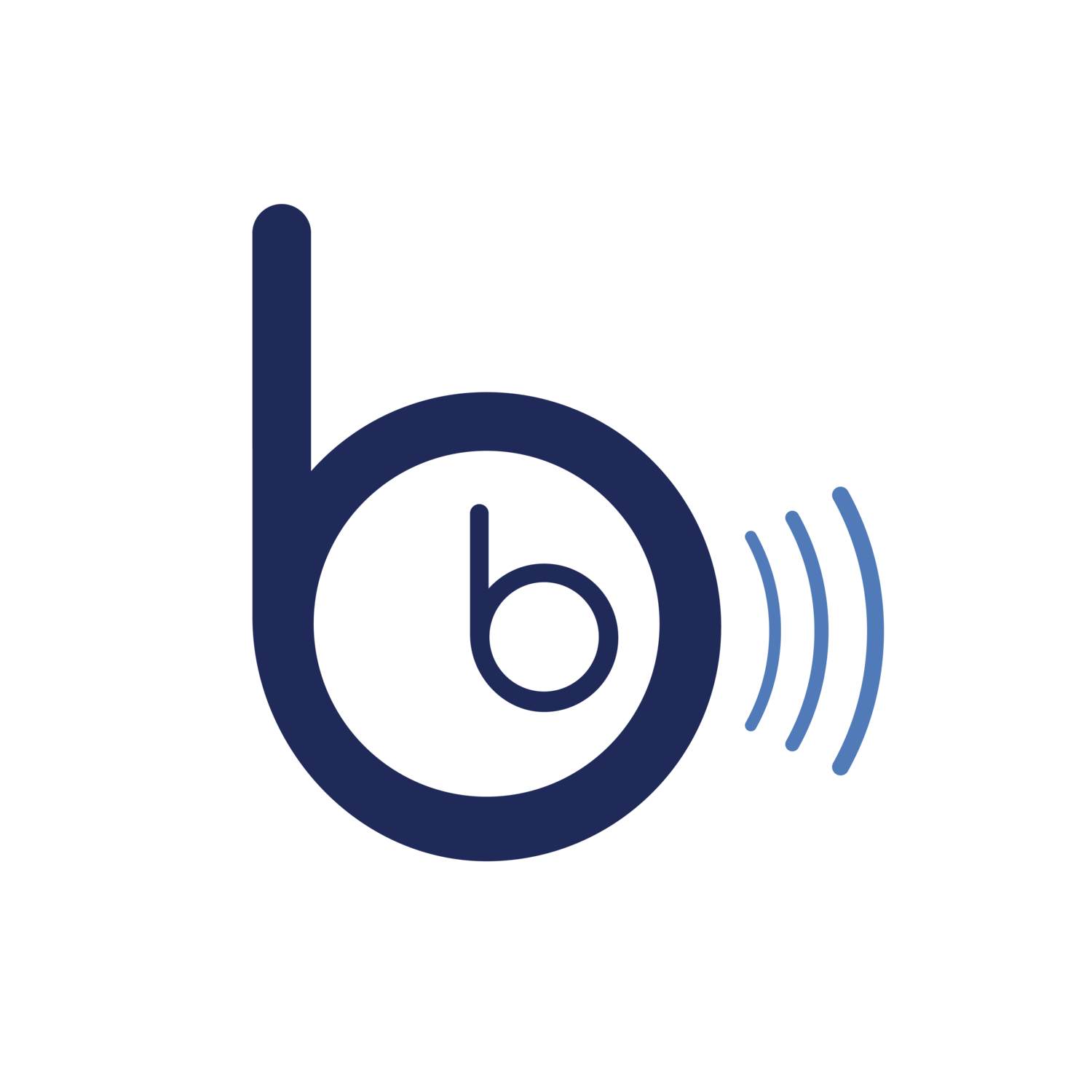Digital Communication Tips for Dispersed Teams
For years, BB Imaging has had a multi-regional dispersed team as well as fully remote team members. So, using digital communication to keep our team connected, productive, and happy is a skill we’ve honed over time. Today, we use six digital communication channels for internal communication, and we'd love to share the best practices we've learned for each.
Instant Messaging and Chat
Instant messages (IM) and chat features are a great way to ask quick questions, celebrate the small things, and share personal information with coworkers to build community. Utilizing different channels for different types of information is key. IM and chat messages are typically informal in tone and can include abbreviations and acronyms, pictures and gifs, and emojis (all work-appropriate, of course!).
BB Imaging utilizes Microsoft Teams and Yammer. Microsoft Teams is where we quickly collaborate on projects, while Yammer is for fun content like birthday announcements and sharing pet pictures.
Instant Messaging and Chat Tips:
DO minimize notifications for others through direct messages and choosing the right channel.
DO keep messages short.
DO remember to share pertinent screenshots and links.
DO respect status indicators.
DO have channels dedicated to non-work topics to build camaraderie and community.
DON’T spam others with a lot of messages at once or send repeat messages.
Emails
Emails are great for longer questions, especially if you need to provide context information or several attachments and links. They are also a great way to collaborate cross-departmentally so that everything stays open and available in the same email thread. They are much more formal in their tone, and pictures, gifs, and emojis are typically less welcome, especially if the email host has a hard time processing them or they get stuck in a security filter.
BB Imaging uses email internally for longer discussions that need to include multiple departments, as well as project feedback and reviews.
Email Tips:
DO follow the expected format by using subject lines and signatures.
DO proofread for spelling, grammar, and a professional tone.
DO use abbreviations and shorthand sparingly.
DO use forwarding and reply all features appropriately.
DO double-check relevant attachments and links.
DON’T forget to set automatic OOO messages when you’re unavailable.
Video Conferencing
As a dispersed and remote team, video conferencing is one of our favorite communication channels. It’s a great way to build rapport and stay connected. Video conferencing is a great tool for lengthy discussions, complex or sensitive messages, and sharing team- or company-wide kudos and achievements. Depending on the type of call, video conferencing can be either formal or informal in its tone, and the use of an integrated chat feature can add fun and function if a lot of people are on the call.
We use Microsoft Teams for weekly town halls, project kickoffs, brainstorming and workshopping, and team stand-ups.
Video Conferencing Tips:
DO have an agenda.
DO find a quiet location for your call.
DO speak loudly and clearly.
DO respect schedules and stay within the meeting duration.
DO maintain eye contact and engage in the conversation—even if only through chat.
DON’T keep your microphone on if you aren’t speaking.
Project Management Tools
Like everyone else, we are busy people and typically have a lot of projects to keep up with at once. Project management tools make it easy for teams to share progress, assign and prioritize tasks, and set deadlines. This type of communication can be informal but is guided by formal processes. For instance, teams might use shorthand and abbreviations among themselves, but communicating a project status change or checking off tasks is usually a formal action or indication within the program.
At BB Imaging, we use Airtable and Basecamp to formally intake projects and tracking, task assignment, and deadline setting.
Project Management Tool Tips:
DO implement a project intake process.
DO take advantage of deadline and prioritization features.
DO assign specific tasks to specific people.
DO update project status regularly.
DO train new team members on how you use your project management tool.
DON’T be wishy-washy about enforcing its use—strict adherence makes it easier for everyone!
Internal Newsletter
Internal newsletters are a great communication tool that can build community, strengthen culture, and provide value to team members. This is a great spot for company-wide announcements and celebrations, event reminders, and internal campaigns. Newsletters should be formal in tone, but that doesn’t mean stuffy! Your brand voice should still ring true in your internal-facing newsletter.
We use our internal newsletter to make announcements, share fun campaigns like our Active August challenge, and always wrap up with a word of encouragement and thanks to team members.
Internal Newsletter Tips:
DO brand it.
DO keep it concise.
DO feature your team members.
DO make it a fun read.
DO be consistent in cadence and content types.
DON’T share information that isn’t directly relevant and applicable.
Feedback Forum
This is a powerful tool for internal communication. We all know that bringing up concerns or making suggestions can feel daunting. The key is to make it easy with a feedback forum. It’s a great way to transparently handle company-wide concerns and show how much you value team member feedback. Team members should feel free to adopt informal tones and share what may be bothering them without fear of retribution of any kind. This should be a very safe place.
BB Imaging houses an anonymous suggestion box on our intranet to collect suggestions and concerns from anyone at any time.
Feedback Forum Tips:
DO make it easily accessible.
DO respond with kindness and respect.
DO respond quickly.
DO be transparent with a company-wide response.
DO publicly delegate who will be taking the next steps, if necessary.
DON’T brush off the responsibility to respond.
We hope those tips are helpful and would love to hear from you! What’s your favorite digital communication tool to use? What tips can you share with us?
Stay tuned next month for more on effective communication where we’ll be focusing on in-clinic tips.

